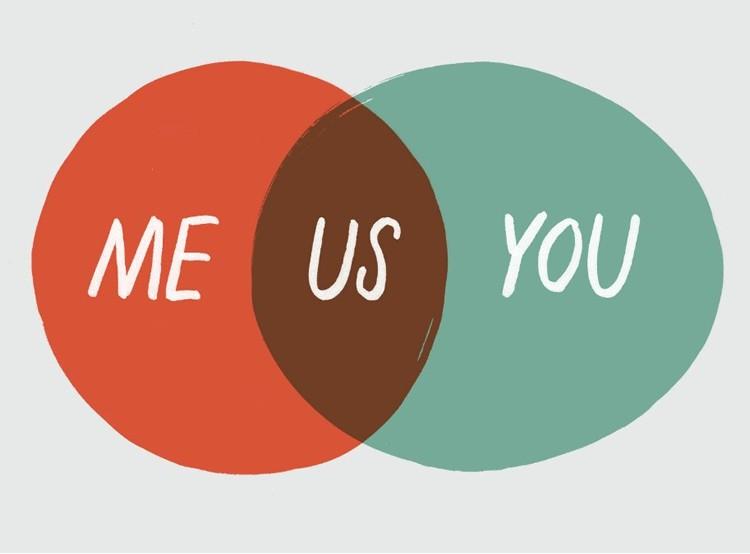This article was originally published on IT Pro Portal as a contributed opinion piece by Yellowfin Managing Director for EMEA, Peter Baxter. Read the original article HERE >
People rarely make decisions in isolation, particularly in a corporate environment. From hiring new employees, determining budgets, choosing suppliers and developing products, key business decisions require input from multiple parts of the business. What’s more, making an informed decision about these topics requires a lot of supporting data to back-up the company’s reasoning and rationale.
Traditionally, executives seeking business insights would invite the data analyst into the boardroom, pose questions and await the answers over the subsequent few weeks or even months. But those days are over: today’s Business Intelligence (BI) tools offer users the ability to collaboratively perform analysis and respond to questions in near real-time to support better, faster collective fact-based decision-making.
Storytelling with data
Yet the increasing complexity of corporate decision-making raises an important point that Yellowfin has emphasized for a long time: data analysis is about more than just data and charts. It’s about finding and telling a story.
Today, new data types and sources continue to emerge while existing ones balloon. As a result, people are becoming swamped by increasing volumes of data. Because of this, the ability to connect data with emotion is a crucial means of conveying the true meaning of information, making it more memorable, understandable, and impactful.
When it comes to BI, businesses can employ interactive, data-driven storytelling methods through presentation-like modules to help end-users – including those from non-data backgrounds – understand the significance of the data and make better decisions or influence others more effectively. This trend of telling stories using data visualization applies as much to the consumer world as to the corporate world. You only need to look at the rise in charts and infographics embedded into online or broadcast news stories to find prominent examples.
The pitfalls of self-serve
There has been a lot of discussion about whether self-serve analytics is the future of BI and about the importance of empowering business users to create their own engaging content. However, this seems to be missing the point. Yes, business users need to be able to independently access, understand, share and act on the data-driven insights. But, that doesn’t mean that everyone needs to become a data scientist.

To obtain the best results, business users of BI solutions need to have effective in-application mechanisms for connecting with the data experts in their organization to achieve the right business insights and make the best data-driven decisions possible. The ability to have this collaborative guided experience is critical for business users who often don’t have the inclination, the skills, or the time to create analytic content themselves – they do have a day job to do after all! What is more, charts, reports and dashboards created by an expert will avoid any hiccups with governance, accuracy and data quality.
What is really important, however, is that business users can have input into the creation process of BI content – reports, dashboards and Storyboards – and that they have access to data experts for assistance and clarification when needed. To do this, business users need to be able to quickly collaborate with internal analysts, through their BI solution, so that they can pose questions, raise track-able tasks, brainstorm ideas, and collaboratively review content. This new style of analytic workflow not only improves task management and overall operational efficiency, but also ensures business users feel supported when seeking analytical content. This, in turn, helps to promote business user adoption of BI technologies, which has remained historically low.
Social integration
For business decision-makers, the importance of collaboration and improved sharing of information isn’t just about internal cooperation anymore. As well as having a better connection with the internal analytics experts in their organization, business users also need an easy connection with third-party data sources. With the rise of Big Data, the emergence of the Internet of Things, and the ongoing growth of social media, there are more and more Web-based data sources and applications from which one can gain insight. This ‘social’ information offers significant insight about a customer, an entity or a particular situation, and has the potential to empower marketeers with a wealth of knowledge on customer preferences and behaviours.

With such a deluge of insight and data to keep track of, it’s essential that BI systems have an open connector framework, enabling users to connect to any third-party Web-based application or data source, such as Google Analytics, YouTube or Twitter. The integration of this information means BI consumers can create, share and act on analytical insights from their most important applications quickly, easily and broadly.
Achieving ROI
Analytics has clearly moved on significantly in the last few years, largely due to an overall increase in interpretable data sources and the rise of self-serve analytics. But despite this, we believe that not everyone wants to be, or has the time and skills to be, a data scientist. We want to empower every business user with BI. But, we don’t want to try and force them into becoming overnight business analysts – as many of the self-service approaches to BI have done. It’s simply not realistic. Rather, we need to ensure they can work collaboratively with technical analysts to generate the data-driven insight they need to better perform in their particular functional business role. Providing a comprehensive Collaborative BI framework within the BI application is essential.

This is an essential step in boosting BI user adoption rates amongst information consumers and to help business users make better, more informed decisions. Without the ability to share information pervasively, quickly, and in an easily understandable way with those that need it, businesses risk losing value from their data.
